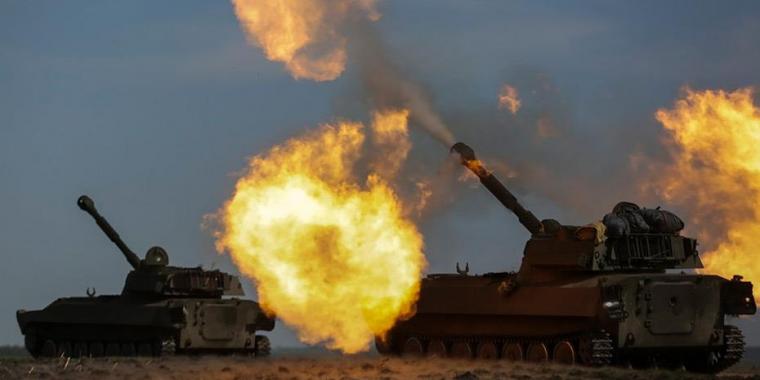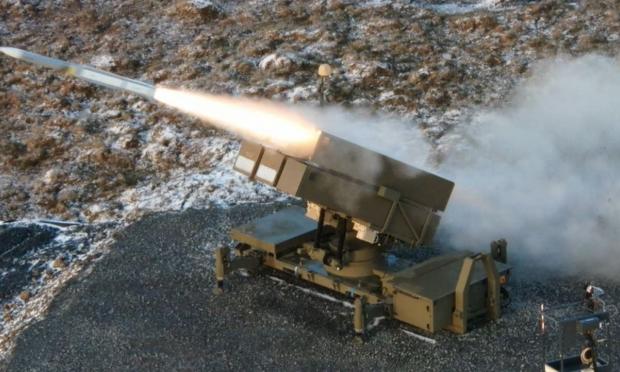On February 14-15, Brussels hosts a Rammstein-style meeting of the Contact Group on the Defense of Ukraine. In addition to the defense ministers of the NATO countries, the head of the Ukrainian military department Oleksiy Reznikov also arrived there.
The chairman of the US Joint Chiefs of Staff, General Mark Milley, said that "Russia has lost strategically, tactically and operationally".
According to foreign media, during a meeting in Brussels on February 14-15, NATO defense ministers will discuss further increasing aid to Ukraine, boosting military production and protecting vital infrastructure. In addition, a decision should be made on the supply of military aircraft to Kiev. At the same time, according to Stoltenberg, deliveries of promised weapons, ammunition, spare parts and fuel remain a priority for NATO.
"We are now in the stage of the logistics race. Basic needs: ammunition, fuel and spare parts must reach Ukraine before Russia can take the initiative on the battlefield," added the alliance secretary general.
He also said that military aid to Kiev is being modified in line with the evolution of the conflict. First, procurement of Javelin ATGMs mattered, then artillery, then Patriot air defense systems and other weapons, he said.
"We must be sure that the weapons that Ukraine receives will allow it to return the territories, to liberate them," he added.

Significant losses
The Russian military's ongoing heavy losses in Ukraine include some of its newest and most advanced weapon systems, such as the BMPT Terminator armored fighting vehicle.
According to official Ukrainian calculations, Russian forces have lost more than 18,000 vehicles and large weapons systems in the war so far. The open source intelligence site Oryx has visually verified more than 9,000 of them.
According to a foreign media outlet, Western sanctions are also affecting Russia's defense and aerospace industries, making it much more difficult for the Russian Defense Ministry to replenish stocks of ammunition and vehicles.
Future large-scale Russian offensive operations will be severely hampered by a lack of modern weapon systems.
Meanwhile, Ukrainians continue to benefit from Western military aid. They also claim to have destroyed 296 fighter, attack, bomber and transport aircraft, 286 attack and transport helicopters, 3,286 tanks, 2,299 guns and 6,500 armored personnel carriers and infantry fighting vehicles.
Also 466 multiple launch missile systems, 5,155 vehicles and fuel tanks, 234 anti-aircraft systems, 2,011 tactical unmanned aerial systems, 218 special equipment platforms such as bridging vehicles and four mobile Iskander ballistic missile systems and 857 cruise missiles shot down by Ukrainian air defenses.
Let us recall that, after the successful Ukrainian counterattack in the east in September, the Russian commanders decided to withdraw from their exposed positions in the south, in Kherson, so as not to lose more men in vain again.
Allies get ready
Bloomberg reported on February 14 that NATO defense ministers meeting in Brussels are to approve a new document containing requirements for the alliance's allies to "prepare for possible wars in the future."
According to the media outlet, citing a source in the NATO apparatus, the Allies are expecting a proposal to increase armaments in "collective defense means", such as heavier weapons, air defense and missile defense, as well as digital modernization.




